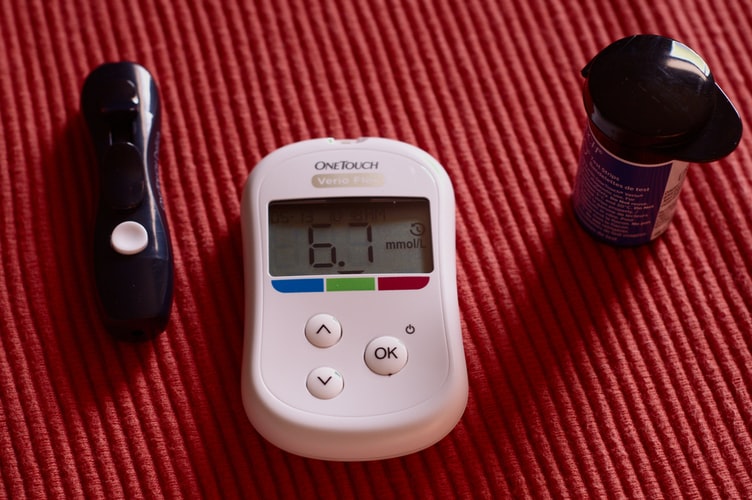Five Tips for Re-Shopping Your Health Insurance Policy

When it comes to health insurance, the only thing constant about the open marketplace is that it is always changing. This is why experts agree that re-shopping for health care coverage is a smart move designed to not only save you money but also boost your coverage options. Here are five things you should know when you’re re-shopping your coverage.
Review Your Coverage Options
Rather than browse individual plans on the marketplace, hone in on what type of individually purchased health insurance plan suits you. Major medical plans do not have a subsidy but help you avoid the tax penalty. Qualified health plans include plans that have subsidies and those that don’t. People who don’t qualify for a subsidy can purchase an on-exchange health plan under this category. Catastrophic plans, available to people under 30, offer minimum coverage but they will help you avoid the tax penalty.
Keep an Eye out For Your Enrolment Period
When you hone in on a plan that suits you, mark your calendar with the dates of open enrolment season. Usually, the open enrollment period runs from November through to February.
Know the Risks of Tax Penalties
The tax penalty for not having health insurance under the Affordable Care Act was revoked in 2019, so the IRS won’t bother you if you don’t have health insurance. However, you might still face a tax penalty from certain states if you were uninsured in 2019. Jurisdictions like Massachusetts, Washington DC, and New Jersey have coverage mandates in place as well as tax penalties. As of this year, California and Rhode Island are also adding coverage mandates. Be sure to check the requirements of your home state when re-shopping.
Work out What Cost-Sharing You’re Looking At
Don’t rely on just your monthly premium to calculate the cost of a health insurance plan. Cost-sharing like co-payments, deductibles, and coinsurance will give you a better account of what you’ll be paying annually for a particular policy.
Find out When Your Coverage Starts
It isn’t always the day after you enroll. Find out when your policy comes into effect. Usually, if you apply before the fifteenth of the month, your health care plan begins on the first day of the following month.





